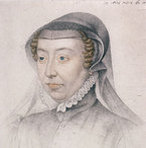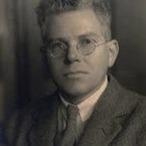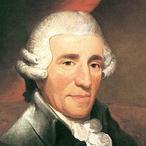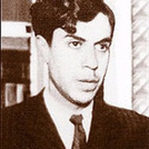|
Here are a few paintings for you from painter David Bomberg, one of the Whitechapel Boys. These four paintings, Vision of Ezekiel, Ju-Jitsu, In the Hold, and The Mud Bath, are from the period 1912-14. If you are interested in his work, why not check out the Borough Road Gallery, which has a collection of paintings and images by Bomberg and his pupils, and which is situated in the same building where Bomberg's classes took place.
One of J.W.M. Turner's most important paintings, Dido building Carthage is a phenomenal work of art. The romantic setting, with a trademark Turner sky, has fascinated admirers since it was first displayed. The subject was inspired by Virgil's epic Latin poem, the Aeneid.
The sun is shining in London, and we've been without rain for what feels like forever, and today has been a wonderful day. So, to celebrate, I'm posting Van Gogh's Olive Trees with Yellow Sky and Sun from November 1889.
Another beautiful painting for you all: the atmospheric Lady of Shalott by English Pre-Raphaelite painter John William Waterhouse. The picture illustrates the following lines from part IV of Tennyson's 'The Lady of Shalott': And down the river's dim expanse
Like some bold seer in a trance, Seeing all his own mischance - With glassy countenance Did she look to Camelot. And at the closing of the day She loosed the chain, and down she lay; The broad stream bore her far away, The Lady of Shalott. I remember seeing this image when I was young on a school trip to the National Gallery in London. It is called The Tailor, and is by the Italian painter Giovanni Battista Moroni.
I rediscoverd it yesterday when a friend showed me a book about Italian painters. On a recent walk in North London, I stumbled upon Bruce Castle Museum. It was a wonderful place, with exhibitions, a Vintage fair, and lovely grounds. One of the exhibitions was about a painter, Beatrice Offor, who had exhibited at the Royal Academy.
Beatrice had an eventful life. She studyed at the Slade School of Art, and while there, she shared a studio with Mina Bergson, one of the founders of the Esoteric Order of the Golden Dawn, an association which influenced some of her paintings (see The Crystal Gazer at Bruce Castle). Offor lived in Chelsea with her first husband, William Farran Littler, and exhibited from her King's Road Studio address. Her two children by Littler died very young, and Littler himself died in1898 in the Banstead Asylum. Offor went on to marry James P. Bevan, from Bruce grove, Tottenham. She had further exhibits at the Royal Academy, including the painting Circe. In 1919, Offor suffered a nervous breakdown, and on the 6th August the following year, she threw herself to her death from her bedroom window: she thought she was loosing her talent! Beatrice Offer was burried in Lewisham. The exhibition, Beatirce Offor: A Tottenham Artist, will be on at Bruce Castle from 17 July – 29 September 2013 in the Compton Gallery. Check out this link for further details. Love this great painting currently in the Guildhall, London. It is called After the Murder, and was painted by John Collier. It is a representation of Klytemnestra just after she kills her husband, Agamemnon. Beneath that, is the legendary Polish contralto Ewa Podles singing Klytemnestra's soliloquy from Richard Strauss' Elektra. Enjoy! Just trawling the internet and inadvertently came across this painting. It is a self portrait by the French painter Léon Cogniet. Coginet was born in Paris in 1794, and died there in 1880. He decorated several ceilings in the Louvre and the Halle de Godiaque in the Hôtel de Ville, Paris, and a chapel in the church of Madeleine. Below is a painting of Léon Cogniet's studio, painted by his sister Marie-Amelie Cogniet, who's work can also be seen at Versailles.
This cartoon was the precursor to the mural at Whitehall Palace, depicting the beginnings of the Tudor dynasty. That mural included Elizabeth of York (wife of Henry VII) and Jane Seymour (third wife of Henry VIII and mother of his son, Edward VI). Practically every subsequent image of Henry VIII was taken from the Holbein mural. The major difference between the mural and the cartoon is that the cartoon has Henry at three quarter face, as per the European convention for monarchs, while the mural has Henry face-on to the viewer, a look which was deemed a little vulgar by the courts of Europe. What I find fascinating about this image is that it is a magnificent piece of propaganda for a man who was past his glory days physically, who had become a tyrant, a spendthrift, and quite frankly a liability. In fact, it was about as untrue as the famously "sexed-up" portrait of Anne of Cleaves!
So, let's start with the codpiece! This is supposed to represent Henry VIII's virility, his masculinity and the security of the Tudor succession. The reality: he had two daughters, but who had been declared illegitimate, and no son. He was also 45 years old, and no longer the "the most handsome prince in Christendom." His amazing, bull-like stance and his perfect calves were both intimidating and sexually potent. Yet, Henry was by this time a fat and fast on the way to becoming a semi-invalid. His legs were not in the rather beautiful condition depicted in the cartoon, but rather swollen from thrombosis and oozing pus. The jewels on his costume are both large and manifold: a fantastic representation of the wealth of England and its King. But the fact was that Henry was a spendthrift who plundered the fortune his father, Henry VII had spend his reign amassing. And now we come to the crux of the matter. This painting goes a long way to convince us that Henry VIII was a more potent, successful, powerful and virile man than his father, the miserly and unpopular Henry VII. But it was Henry VII who had become the richest prince in Christendom, who has ended civil war rather than started it (as Henry did with the Reformation), who has systematically lifted England up from its broken state and made it powerful. And it was Henry VII who had made stunning dynastic marriages for his children (Arthur/Henry to Catherine of Aragon, Margaret to James IV of Scotland, Mary to Louis XII of France). For all the sparkle, the glamour and the force of Henry VIII's image in this cartoon, he will forever be a pale shadow of a King in comparison to the achievements of the understated man behind him: his father, Henry VII. Today’s Friday Favourite is the Salvator Mundi painting recently attributed to Leonardo da Vinci. I saw the painting at the 2011-12 exhibition Leonardo da Vinci: Painter at the Court of Milan at the National Gallery in London.
The painting has had an interesting history: known to have been in the collection of King Charles I of England, it was auctioned of by the son of the Duke of Buckingham in 1763. It then went off radar until 1900, when Birtish Collector Sir Frederick Cook purchased it. Cook found that it has been damaged from earlier restoration work. It was sold by Cook’s descendants for £45 at an auction, where it again went off radar. It was rediscovered by art restorer Dianne Modestini and dealer and art historian Robert Simon in New York. A consortium of US art dealers purchased the painting in 2005, and it was subsequently authenticated as a da Vinci work. How amazing that a piece that last sold for £45 is now worth around £125 million! The painting has all the hallmarks of the Master’s work: the enigmatic subject, the intricate detail, the otherworldly countenance, and the beautiful rendering of the fabric. But for me, the most amazing feature of this painting is the way in which da Vinci has executed the painting of the crystal orb. It is truly breath-taking,: clearly the work of a master painter. |
My SitesContralto Corner Categories
All
Archives
May 2019
Blogs & SitesThe Arts Desk |
MOST VIEWED POSTS
© James Edward Hughes 2013
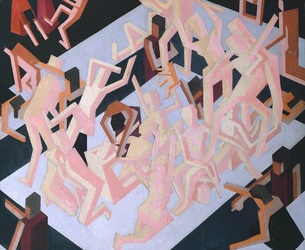

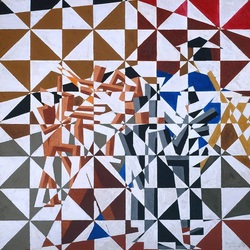
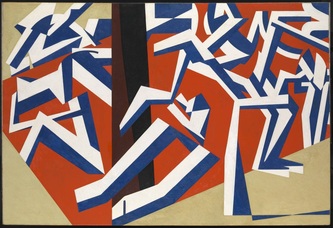

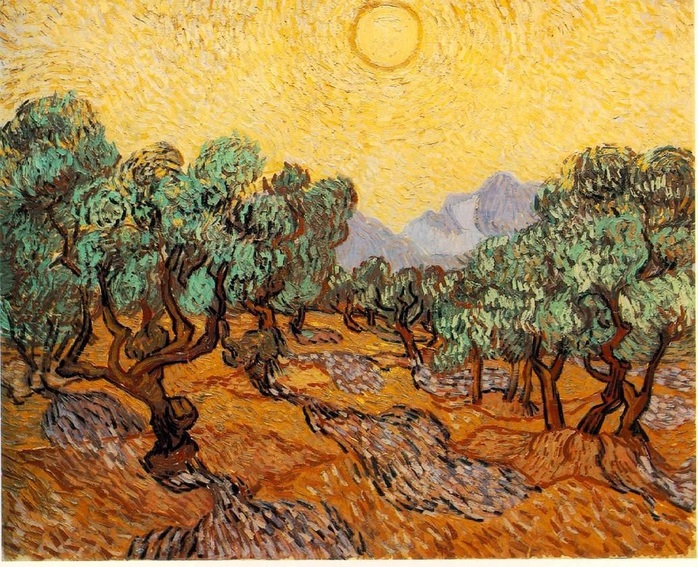
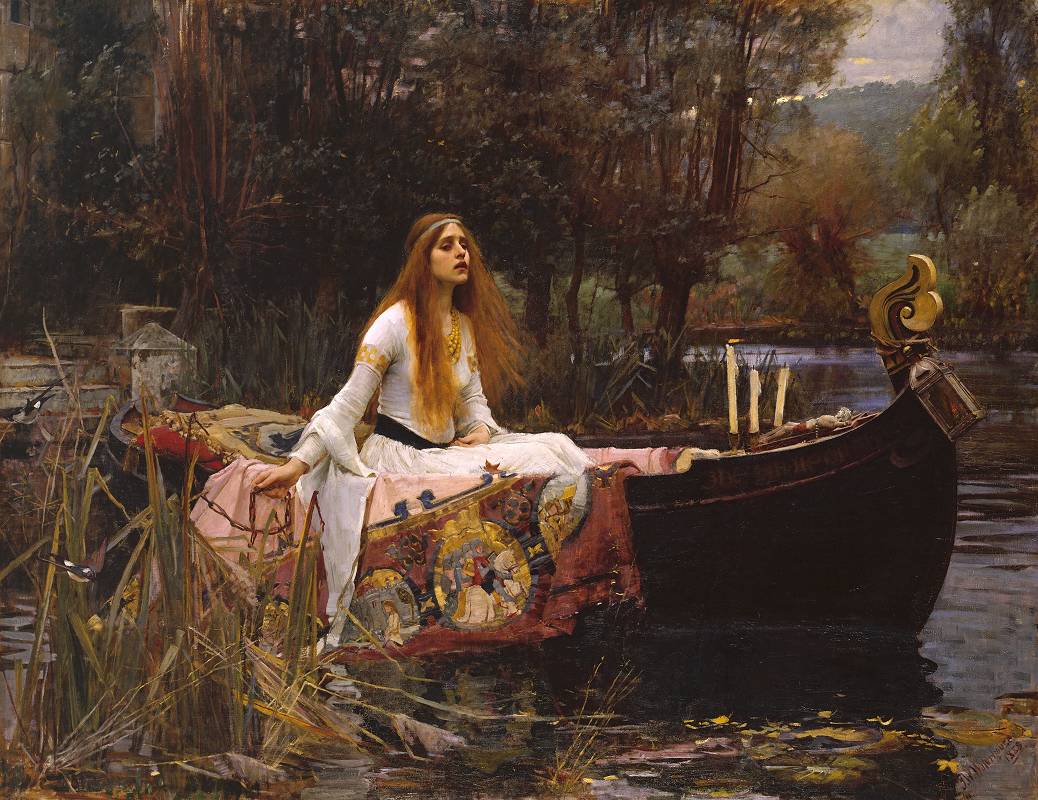
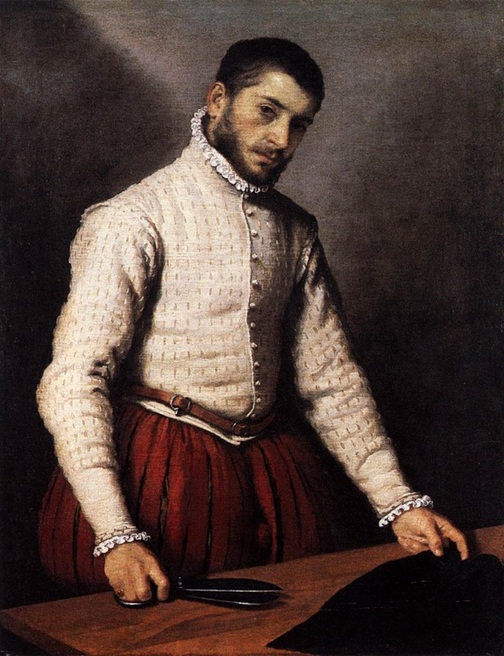
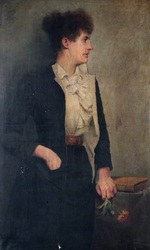
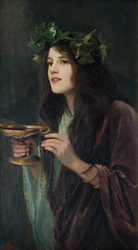
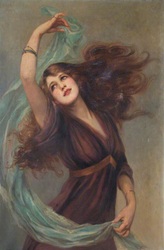
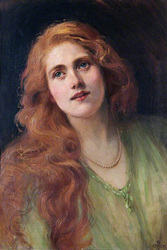

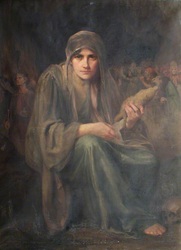
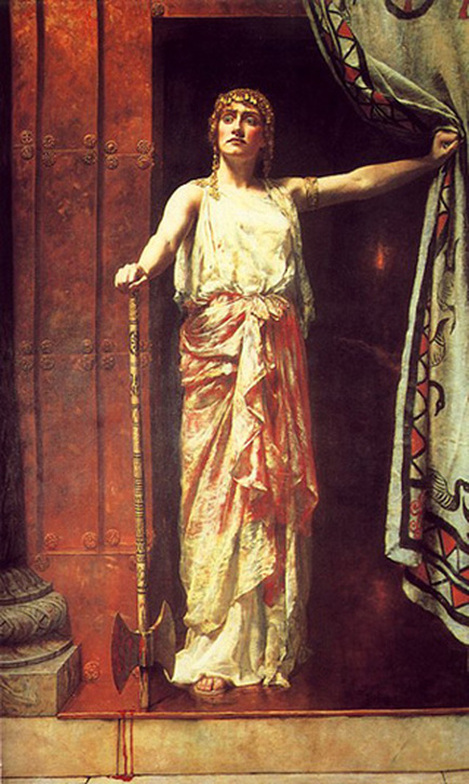
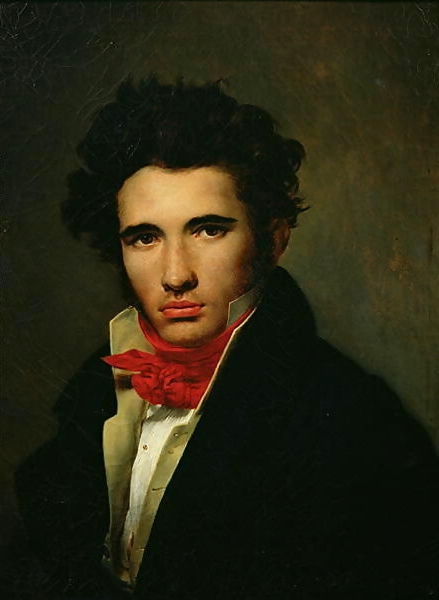


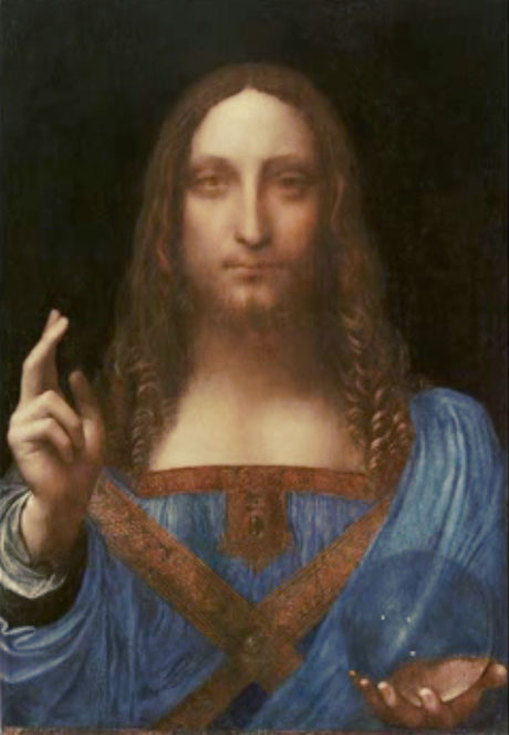
 RSS Feed
RSS Feed
